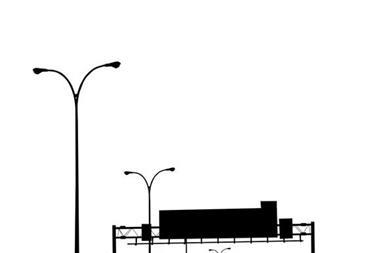Reserve releases mask further underwriting losses in 2007 says exclusive study.
The profitability of the UK motor market took a battering in 2007, as insurers were forced to release almost £1bn in prior year reserves to stem underwriting losses, an exclusive analysis of FSA returns has revealed.
The study by professional services firm Deloitte, the first comprehensive analysis of motor insurers’ performance in 2007, found that the fierce competition in the sector took an even greater toll on commercial motor insurers.
The figures show that the motor market has yet to bottom out in terms of underwriting profitability, despite insurers’ efforts to increase rates. Deloitte predicts that the motor market’s underlying profitability could improve next year.
The analysis also reveals the pressure on commercial motor insurers to increase rates.
According to Deloitte’s analysis, the UK motor market produced a net operating ratio (NOR) in 2007 of 102%, compared to 101% in the previous year.
The commercial motor market saw underwriting profits decline, with the NOR deteriorating to 98% from 92% in 2006. The private motor market continued to produce an underwriting loss, with its NOR holding steady at 104%.
But an unprecedented level of prior year reserve releases, amounting to 12% of net earned premiums, distorted the market’s underlying or ‘pure year’ NOR of 114%. In 2006, reserve releases were 10% .
The performance of the commercial motor market was bolstered by a colossal reserve release amounting to 16% of net earned premiums. The underlying NOR of the commercial market was therefore 114%.
Catherine Barton, insurance partner at Deloitte said: “A second year of reserve release of close to £1bn will have surprised many in the market and few would bet on it being sustainable. For those companies, who in 2007 looked around for every last penny that could be released, this will paint a worrying picture.”
Barton added: “Competition for customers is still fierce and the number of options open to consumers when they come to buy their insurance policies has proliferated. It would be unsurprising if premium
rates continue to increase during the remainder of 2008, but this is most likely at a slower rate as the increasing level of aggregator presence in the market continues to help customers shop around.”
Barton said the commercial motor market had suffered because increased competition in the market, owing to its profitability, had put rates under pressure.
Deloitte predicts that the UK motor market’s underlying NOR will improve marginally in 2008. The UK motor market, which underwrites £12bn in annual premiums, has not made an underwriting profit since 1994.
Norwich Union halts pay as you drive policy
Norwich Union (NU) has withdrawn its pay as you drive (PAYD) motor policy less than two years after its launch.
The insurer said too few customers had signed up for the policy and that car manufacturers had been slow to adopt the technology.
Telematics at the point of manufacture [of the car] has not advanced as much as we thought it would, an NU spokesman said.
The spokesman said the company would consider returning to the PAYD market at a later date. We will re-enter when it makes more sense.
Other insurers are looking at using the technology. But commentators said that NUs move was a setback in terms of the wider adoption of PAYD policies.
Jack Brownhill, director of the World Motor Insurance Consultancy, said: If NU cannot make it work, then other insurers will have an uphill struggle.
NU launched the PAYD policy in October 2006, after two years of trials. Motorists are charged depending on when and where they drive.
Hosted by comedian and actor Tom Allen, 34 Gold, 23 Silver and 22 Bronze awards were handed out across an amazing 34 categories recognising brilliance and innovation right across the breadth of UK general insurance.












































No comments yet